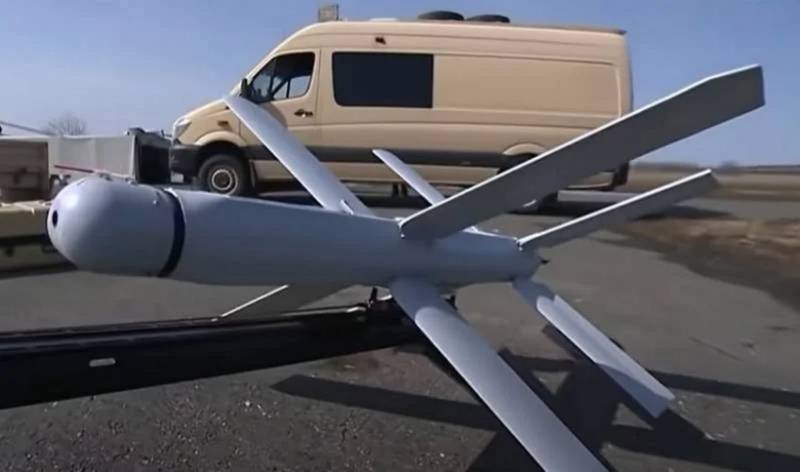A new version of the loitering ammunition "Lancet" began to be used during the NWO in Ukraine
The units of the Russian army participating in a special military operation in Ukraine began to use modernized drones-kamikaze "Lancet". The increased power warhead allows you to deal more damage than the basic version drone.
A modernized version of the Lancet loitering munition entered service with Russian troops participating in a special operation in Ukraine. Unlike the basic version, the new kamikaze drone has an increased flight duration and a large mass of the warhead. According to an informed source, the new "Lancet" can stay in the air for up to one hour, and the mass of the warhead is 5 kg, which makes it possible to hit enemy armored vehicles and personnel.
- leads RIA News source words.
The fact that Russia has created a deeply modernized version of the loitering ammunition "Lancet" was reported in February of this year, just before the start of a special operation in Ukraine. At the same time, it became known that the new kamikaze drone was tested in Syria, but the developer did not disclose the characteristics of the drone. It was known that the new version of the "Lancet" differs from the base model with "updated aerodynamics" - the drone was equipped with one large X-shaped wing and an X-shaped plumage in the tail section, while the previous model had two symmetrical X-shaped wings. In addition, the modernized "Lancet-3" received a warhead of increased power, as well as an increased range and duration of flight.
In the basic version, the "Lancet-3" has a take-off weight of 12 kg, while the mass of the warhead is 3 kg, which is reflected in the title. Speed from 80 to 110 km / h, can hit targets within a radius of 40 km from the operator. For guidance, three systems are used: coordinate, with the help of optoelectronic means and combined. The drone is equipped with a television channel that transmits an image of the target and allows you to confirm its defeat. The fuse is pre-contact.

Information